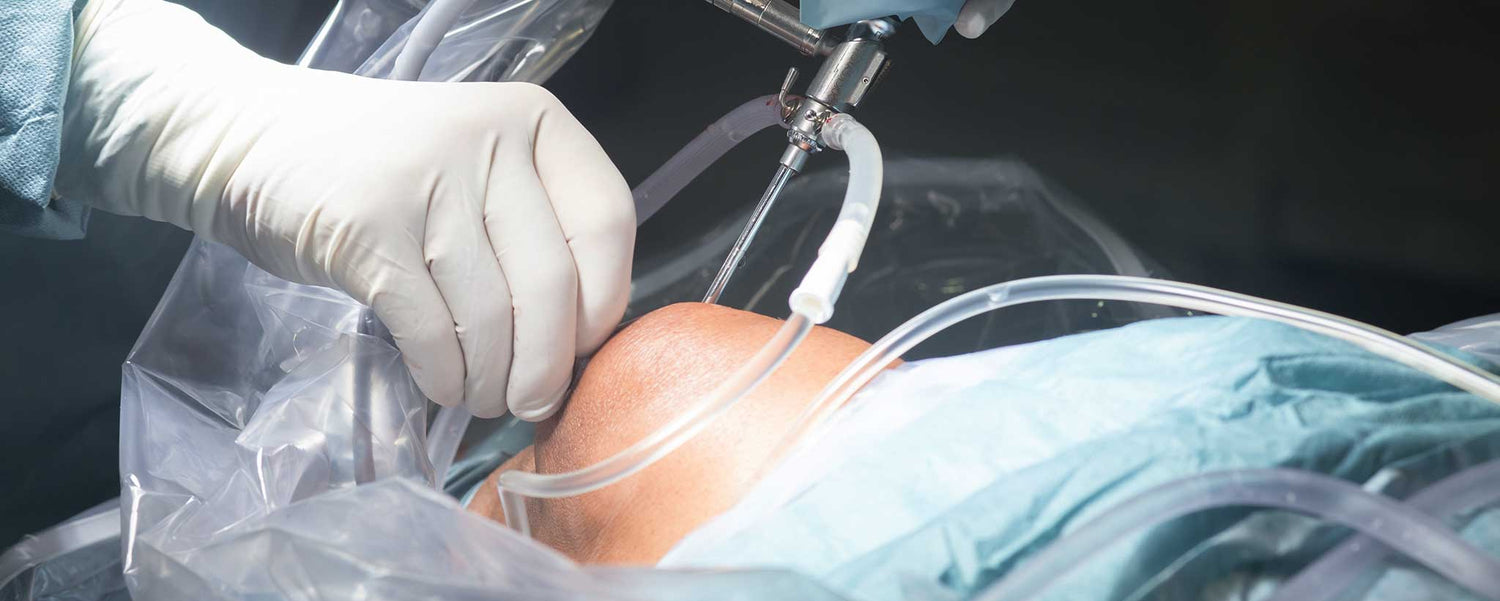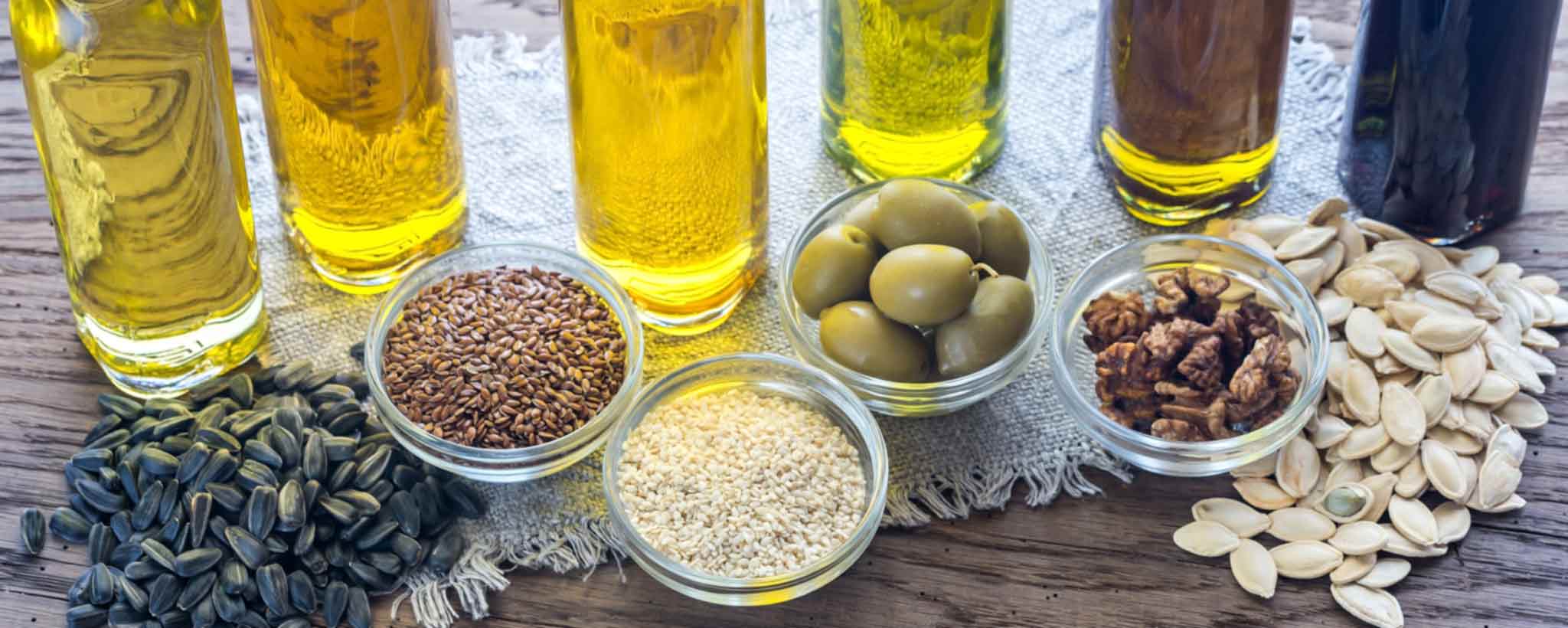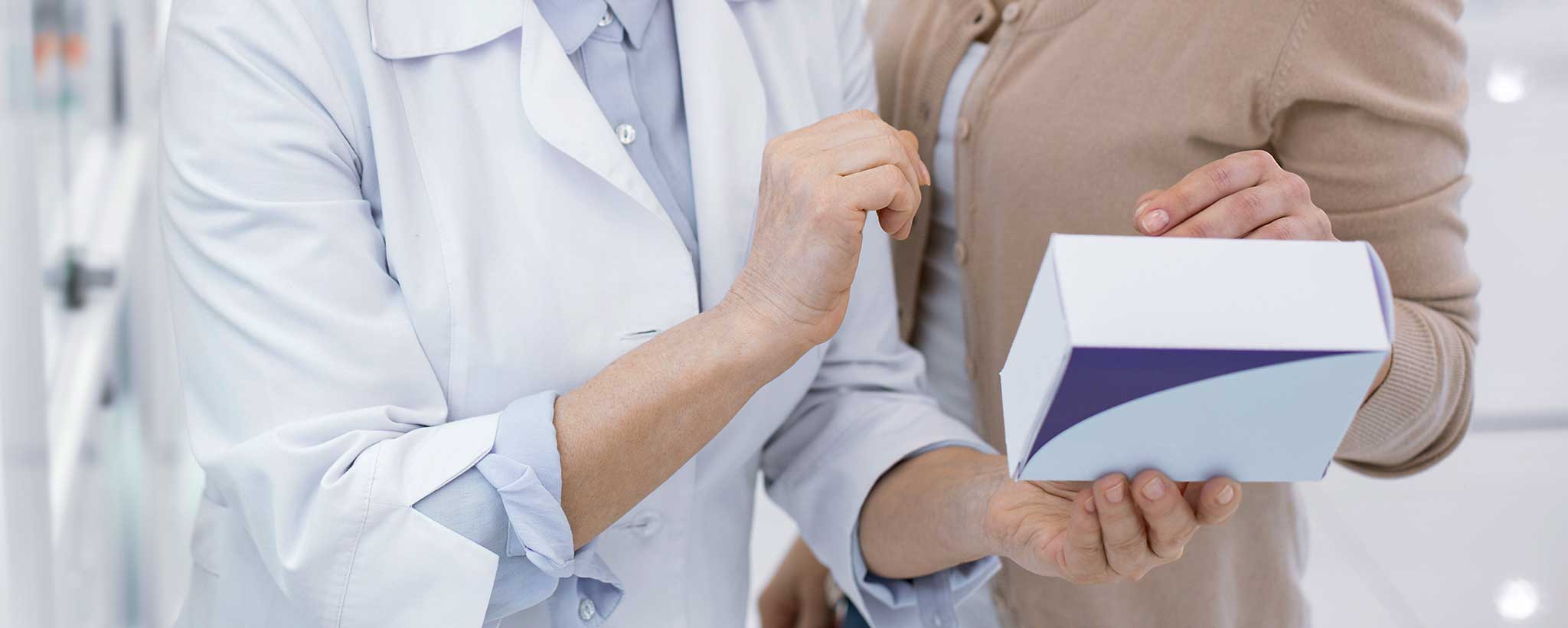Scalpel is Last Resort
Noticing that my legs slightly bow backwards while standing, a mature individual warned me as a teen to bend them slightly—not letting them lock back to avoid knee problems later.
His passionate plea stemmed from personal experience. I greatly appreciate that advice. We may not realize how useful knees are until they become painful to use.
When working properly, we feel no pain. A knee is more than a simple hinge. Knees can bend and twist with much support from the quadriceps (front thigh muscles).
Cartilage, tendons, muscles, and synovial fluid balance and support an order of magnitude more than our body weight.
Climbing stairs increases patellofemoral force to 3.5 times body weight; jumping multiplies such force 10 times body weight. So, depending upon the level of exertion, a 200-pound person exerts between 700 and 2000 pounds of force on his knees.
A 200-pound person exerts between 700 and 2000 pounds of force on his knees.
It might be tempting to beg an orthopedics doctor to remove the aching by any means possible when walking or standing is painful. Don’t jump to conclusions—thinking the solution must be an artificial knee replacement.
Strengthening individual muscles supporting the knee is often the best option. Any discomfort felt before surgery multiplies during rehabilitation.
Knee Patellofemoral Syndrome

Several conditions and injuries can cause kneecap pain. In many cases, it occurs when the knee is not correctly aligned. This abnormal alignment leads to pressure and friction between the kneecap and the thigh bone. Friction inflames tendons and ligaments that attach the kneecap to the bones of the knee joint, causing pain.
Patellofemoral syndrome (runner’s knee) is the most common cause of knee pain in people under 45 years of age. The condition develops in more women than men.
Inflammation, to the sufferer, might feel as painful as a tear. However, the actual ailment dictates the course of treatment that a physician recommends.
Symptoms of patellofemoral syndrome vary, and you may not feel anything until several hours after an activity that stresses your knee. Symptoms may include:
- A dull ache under, or around, the kneecap
- Localized pain at the front of the knee
- A grinding sensation when moving the knee
- Pain going up and down stairs, kneeling, squatting, or sitting with the knee bent for a long time
Barring dislocation or fracture, anti-inflammatory drugs, physical therapy, activity modification, weight loss, mechanical bracing, supportive footwear, and devices are the primary remedies that osteopaths and orthopedic doctors offer.
If there is no improvement after a year, professionals consider various surgical procedures. This includes arthroscopy or realignment of the kneecap.
Alternative surgical approaches to total knee replacement:
- Stem cell paste graft
- Meniscus transplant
Belgian physicians discovered a previously unknown tendon in the knee called the anterolateral ligament (ALL). It aids in stabilizing the pivoting knee.
Dr. Johan Bellemans, the lead surgeon on the study, says that about 80 percent of his patients with ACL tears also have an ALL injury.
Here is what Kaiser Permanente recommends to protect your knee and prevent injury:
- Maintain your ideal weight.
- Stay in shape by exercising regularly.
- Learn exercises to strengthen your leg muscles.
- Learn stretching exercises for your legs.
- Increase your activity gradually.
- Wear shoes with good support, which were designed for your activity.
- Use an arch support if you have flat feet or high arches.
To sum it up, prevention requires at least as much effort as surgery. Gym membership—even with a personal trainer—is less expensive than surgery.
Learn practical exercises to do at home or in a gym to progressively strengthen muscles supporting your knees. It is a necessary step before or after surgery on your road to recovery.
To support the writing of scholarly articles about orthopedics, ClinicalPosters sells human anatomy charts, scientific posters, and other products online. You may sponsor specific articles, become a ClinicalNovellas Member, or remit a small donation.
ClinicalPosters sells human anatomy charts, scientific posters, and other products online to offset expense of the writing useful articles about orthopedics. Slide extra posters into DeuPair Frames without removing from the wall.
Show your support by donating, shopping for ClinicalPins, becoming a ClinicalNovellas Member, or leaving an encouraging comment to keep the research going.
To support the writing of useful articles about orthopedics, ClinicalPosters sells human anatomy charts, scientific posters, and other products online. You may sponsor specific articles or remit a small donation.
ClinicalPosters sells human anatomy charts, scientific posters, and other products online to offset expense of the writing useful articles about orthopedics. Slide extra posters into DeuPair Frames without removing from the wall.
ClinicalPosters sells human anatomy charts, scientific posters, and other products online. You may remit a small donation or become a ClinicalNovellas Member.
You can support the writing of useful articles about orthopedics by sponsoring specific articles, becoming a ClinicalNovellas Member, or remitting a small donation. Visible content is optimized for device size.









